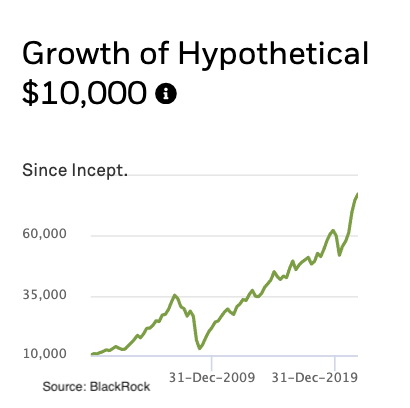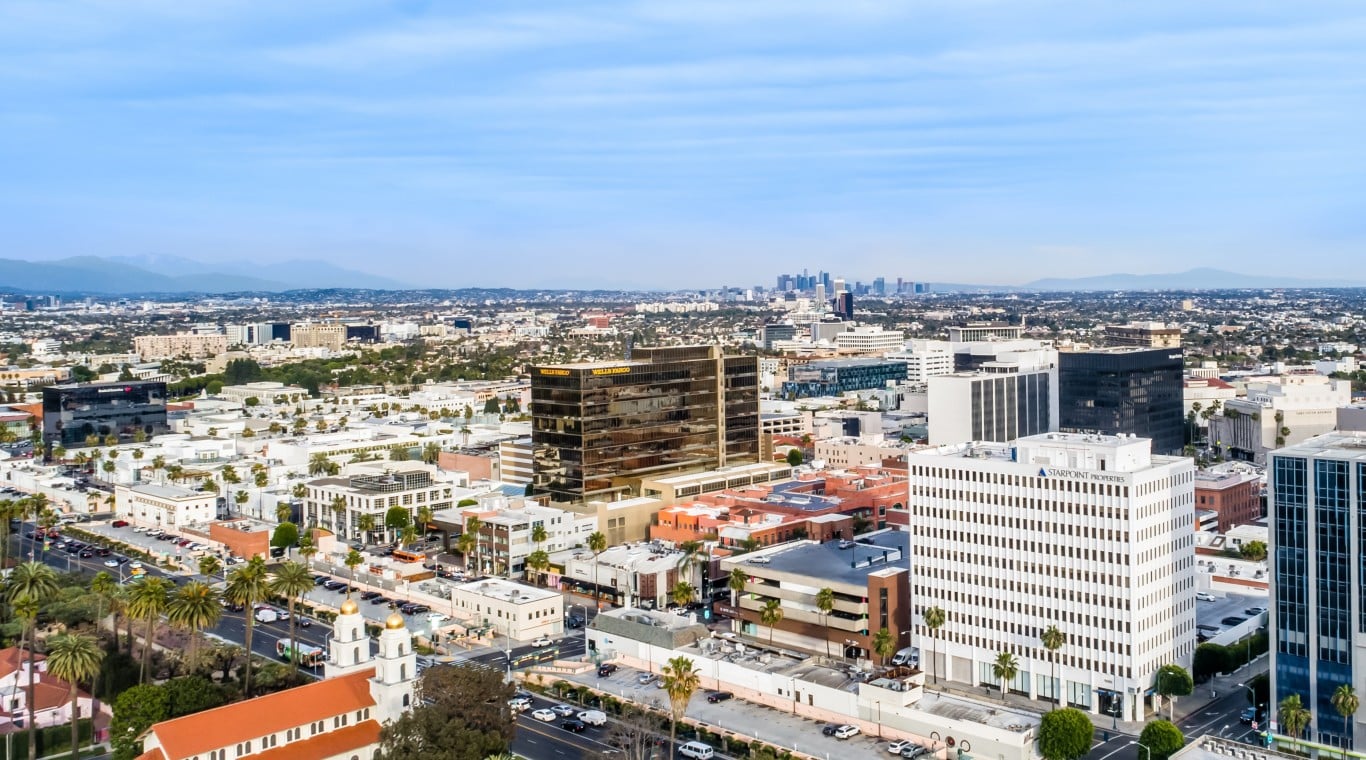US Policy Fueling Inflation & Economic Uncertainty
Leading macroeconomists have tussled for decades on whether consumer price inflation is primarily or ultimately driven by monetary or fiscal policy, but in the current context an observer might as well say, “Both sides are right.”
The U.S. Federal Reserve, the nation’s central bank, has expanded M2, the most commonly used measure of the money supply, by more than 40% in the last two years).1
Not to be outdone, the U.S government ran record fiscal deficits of $3.13 trillion in 2020, and then $2.77 trillion in 2021, thus expanding the outstanding national debt by 25.5% to more than $29 trillion. By way of comparison, the national gross domestic product (GDP) in 2021 is estimated at $22.9 trillion.
The means the U.S. government in the last two years passed through the psychologically important barrier of having accumulated more debt than the size of the annual domestic economy.
One possible caveat to the otherwise unsettling picture: US government agencies such as the Social Security, and the Federal Reserve, together own about $13 trillion in national debt. Indeed, the US central bank has purchased the rough equivalent of all the federal debt issued in the 2020-2021.
Indeed, the issue of what causes inflation, at least as measured by the consumer price index (CPI) may yet be unsettled; Japan runs chronic fiscal deficits and has a towering national debt that dwarfs that of the U.S. in relation to GDP, and also has an aggressive central bank that has held 10-year Japanese Government Bonds (JGBs) at a 0% yield through the world’s relatively largest quantitative-easing (JGB bond buying) program—but Japan has been skirting deflation for the last 20 years.
Theories and nuances aside, in the U.S. the outlook for the next few years is for the highest rates of inflation in 40 years, though perhaps not as bad as the annual double-digit price-jumps seen on the CPI in the 1970s.
U.S. business operators and investors of all stripes are again compelled to factor higher and uncertain rates of inflation into their business plans and projected returns, including an estimation of anticipated after-inflation real profits.
And if the U.S. government’s outstanding debt loads climb high enough, investors may also have to make plans for scenarios that include debt defaults, and the ramifications thereof.
Real Estate
While probably a scant number of consumers and investors enjoy the prospects of accelerating general price hikes, few are as well positioned to thrive in an environment of higher inflation than real estate investors.
The reasons why real estate outperforms other asset classes in times of inflation are hardly a secret.
Firstly, most property investors are leveraged, that is real estate is bought with the boost of a bank loan or mortgage. Indeed, it is because of the relative security of property that banks are willing to extend loans on property much more liberally than other asset classes. In good times and depending on how high in the capital stack an investor wants to go, banks and other second-lenders can provide up to 95% of the financing to buy a real estate asset.
Of course, in times of inflation that means the loan-to-value ratios, or debt payments to property income ratios, tend to decline, all else being equal.
Secondly, if property owners have structured lease arrangements properly, rents will tend to rise along with inflation. Generally, this can be accomplished through annual or short-term leases, or contractual built-in inflation adjustments in longer-term leases. Furthermore, in some cases, real estate owners can structure leases so that building operating costs fall upon tenants.
Thirdly, of course, real estate is an asset that will tend to rise with inflation. Due to long-term mortgages, investors can “buy now and pay later” for a nominally appreciating asset, one that will likely also increase in value in real terms.
Real estate, properly purchased and financed, can thrive in an environment of higher inflation rates.
Diversifying
There are yet other reasons for investors, whether individuals or institutions, to dose their portfolio with large exposures to real estate.
In general, private real estate has a low correlation to equities, and a mildly negative correlation to bonds, the two other major asset classes.
The publicly traded real estate investment trusts (REITs) have somewhat stronger correlations to the stock and bond markets, but still offer a significant measure of diversification.
There are other hard asset classes beyond property, such as commodities and precious metals, and which may be worthy to include into a portfolio as ballast, but which do not generate rising incomes, as does properly managed real estate.

Interestingly, real estate has outperformed gold over recent decades, even as inflation threatens.
As the chart on left indicates, $10,000 invested in the oldest REIT ETF in the US, the iShares U.S. Real Estate ETF (IYR), founded in June 2000, was worth $84,134 at the end of 2021, for a gain topping 740% in the period, while gold rose a lesser 540% in the same period.
Bitcoins and other cryptocurrencies are highly touted by an enthusiastic cadre of supporters, and in fact planned scarcity defines many such digital currencies. The historical track record is meager, to put it mildly. Although there is little gainsaying the extraordinary explosion of Bitcoin values in recent years. But like precious metals, cryptocurrencies do not generate income, and values depend heavily on elusive investor sentiments, rather than fundamentals.
Outlooks and Plans
The prospects for U.S. government debt growth are hardly reassuring. Neither the political leadership class nor the voting population appear much concerned with the rapid growth of federal debt, and one could even argue both groups are all but addicted to ever higher levels U.S. debt. With every passing year, U.S. government debt-to-GDP ratios inexorably mount,
Moreover, in some regards, the U.S. government debt burden presently is only manageable due to historically low interest rates (and parts of the private sector may share this condition). At $29 billion outstanding in Uncle Sam IOUs, if the average interest rate on federal debt should rise to 5%, taxpayers would have to come up with $1.45 trillion a year to meet the vigorish. In comparison, in fiscal 2022 interest outlays on the federal debt are estimated to run at a relatively modest $3.05 billion.2
Yet the primary tool of the Federal Reserve tool to cool off inflation is higher interest rates. For the US government, possible future prospects include borrowing even more money to meet rising interest obligations as rates increase on outstanding debts.
In truth, a portion of the US public’s easy-going attitude regarding the nation may be justified—the federal government has the luxury of paying off debt in US dollars, which the Federal Reserve (effectively) or US Treasury can print. Foreigners globally have shown over the decades they are eager to own U.S. sovereign debt and to be paid back in greenbacks. Many other nations lack this courtesy and must pay back borrowed money in U.S. dollars or another international reserve currency.
Greece, for example, no longer prints drachmas, its former national currency, but rather in 2002 joined the European Union and the use of the eurocurrency, the euro.
Saddled with national debt borrowed from European partners and banks, and unable to print drachmas to answer creditors after the Global Financial Crisis of 2007-8, Greece submitted to European Union-International Monetary Fund (IMF) austerity programs and raised taxes while cutting outlays. Despite good intentions, Greece’s GDP contracted by about 25% after 2008 and then stagnated, and to the present remains far below earlier levels of output.
Indeed, the history of over-indebted people, enterprises and nations is not pretty, much like Greece or worse. The travails of real estate developer China Evergrande, or the State of Illinois, are yet more examples of how debt burdens can overwhelm even large enterprises and entire states or even nations.
US Outlook
There are a few pathways the US economy may take given large and growing debt loads, and the ongoing lack of will to reduce federal spending or increase taxes.
A “Goldilocks” solution would be moderate inflation and some reduction in the annual run of annual deficits. To state the obvious, if there were annual general 5% inflation for 10 years, in combination with 2.2% annual real growth in GDP, the nominal size of the US economy would double and thus cut the federal debt-to-GDP load in half. Of course, most likely federal debt spending would continue through the 10-year period, but if controlled, the federal debt-to-GDP level could be restrained.
There is also the odd reality of the Federal Reserve buying US Treasuries, and then flowing the interest payments back into the US Treasury, as it does already. This is controversial but may also blunt the dangers of a too-large federal debt load outstanding. This has been the Japan model in recent decades.
Of course, even higher rates of inflation in the future are another possible outlook, one that would effectively lower U.S. living standards and make business planning and investment more precarious. As noted by many, inflation has a tendency to accelerate if public sentiments sour.
And perhaps the darkest, definitely non-Goldilocks scenario involves crisis and U.S. debt default, especially if lenders will not take U.S. dollars as payment. The imposition of IMF or other austerity programs would likely savage the US economy and living standards (see Greece).
Alongside the concern of the federal government default is the potential collapse of the US banking system. Commercial banks serve a valuable role in the modern economy, but also borrow short to lend long, and leverage up to do so, and so the sector is a somewhat inherently fragile proposition.
A U.S. government default, and commercial banking collapse could take a decade to sort out with luck, akin to the Great Depression.
Plans
Given the outlook for sustained U.S. government borrowing, the prudent course for institutions and individuals is a diversified portfolio of hard assets that yield income, primarily real estate.
There are many ways to ponder the correct diversification of a portfolio, such as by asset or property type, or even by geography. Owning even an income-producing hard asset could still be unrewarding, if located within a declining economy, or a nation defined by social or political strife.
Worth noting is that nominal home prices in Japan are still well below peak 1991 levels, and roughly equal to 1982 prices. Income-producing real estate can be a salvation, but selection is vital.
Diversity becomes the key ingredient in constructing a hard-asset portfolio for the likely turbulent and unpredictable years ahead. And if luck holds, and the U.S. and global economies muddle through in coming decades, then a diverse portfolio of real estate and other hard assets will serve the investor all the better.
1. https://fred.stlouisfed.org/series/M2SL#0
2. https://www.thebalance.com/u-s-federal-budget-breakdown-3305789


